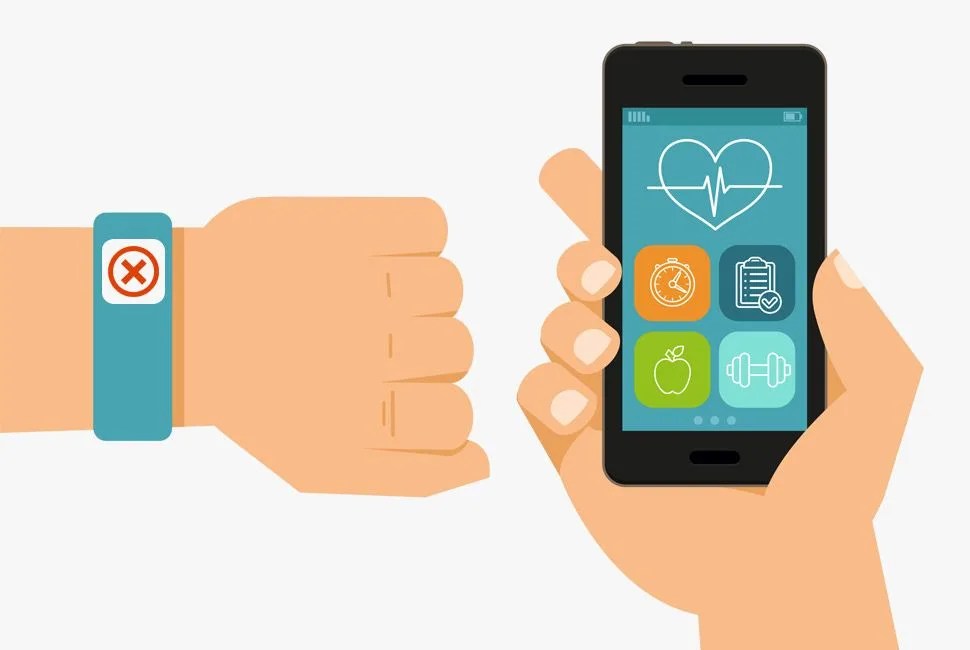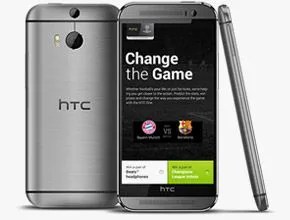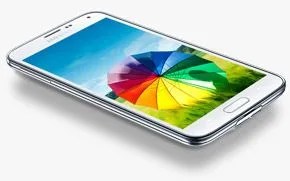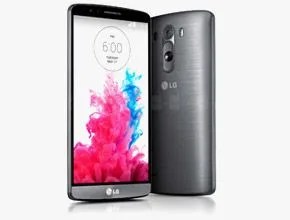For all of wearable tech’s gee-whiz cool-factor, there’s a lot that’s just silly and superfluous, besides the fact that most fitness-tracking bracelets look like Livestrong wristbands (which were fashionable a full decade ago). And that most pedometers look like Tamagotchis. And really, that heart rate monitor is only an absolute necessity if you’re Bruce Banner.
But I digress.
The hype vortex of wearables and smart watches is strong, but you can outpace it with a little education. The ostensible benefit of either wearable, as far as health goes, is that they allow you to monitor your calories, heart rate, and step count with previously unmatched accuracy. That’s all well and good if you’re a serious athlete or a model (or both). But for most, the pinpoint precision is actually overkill; a mere smartphone will do. (“Mere smartphone”. Fancy that.) If said smartphone is current gen, decent fitness apps will do more than enough to encourage an active lifestyle. And as for your phone not being “wearable”: fitness armbands for exercising with electronics have been a thing since the first-gen iPod Nano (years before smartphones themselves were a thing), and that’s unlikely to change. Truth is, a number of upcoming smartphones offer features that make fitness-tracking wearables redundant.
WEARING OUT THE WEARABLES: Tested: Misfit Shine | Introducing the iBuckle, Which Has One More Thing Than Apple’s Thing | Bring it, Apple Watch: The Traditional Watch Is Here to Stay
Take, for instance, the upcoming Samsung Galaxy Note 4. It’s practically a dedicated medical device — so much so that Samsung is worried that foreign regulators may treat it as such. In addition to the increasingly obligatory motion tracker (enabling pedometer apps), the Note 4 sports a heart rate monitor, blood-oxygen saturation sensor and a UV sensor that grades UV radiation from the sun in five levels: low, moderate, high, very high, and extreme. There’s no shortage of sturdy, water-resistant fitness armbands being made for Galaxy Note devices; it’s highly unlikely the Note 4 will be any different. If you’re so inclined, you could use the Note 4 while running a mountain trail and measure your distance traveled, all while monitoring how hard your heart is working, periodically keeping an eye on the oxygen density in your current elevation, and checking to see if you should add an extra layer of sunblock. Seems highly specific, but Samsung devotees are familiar with the company’s longstanding commitment to health tracking; Samsung S Health, a dedicated health tracker app, has been included on every Samsung phone since the S III.
If you have no mountain in your general vicinity to jog across and you’re not health-minded to the point of obsession, the Nexus 5 ($349+) is also a solid option. A low-price phone with high-end features, the Nexus’s selling point for casual exercisers is a feature called “sensor batching”, a process through which the Nexus consolidates data useage in certain situations so apps that use GPS and sensor data such as motion tracking (ie, most fitness apps) don’t drain its battery. This means you won’t have a nearly dead phone at the end of your jog because you ran through a few dead zones while streaming music.
Let’s talk about the most popular phone in America. I upgraded to the 5S recently, and it’s been a much better companion on jogs than my old 4. Whereas the 4 would nearly burn a hole in my pocket (literally) from overwork during jogs, the 5S’s M7 motion coprocessor breathes new life into fitness trackers; you’re free to put the phone on airplane mode and be alone with your strides (and Spotify playlists). The iPhone 6 is set to include an upgraded motion coprocessor (M8), so if you’re set for an upgrade anyway, there’s no need to throw in additional hardware — especially since Apple is giving their own smart watch a run for its money with a forthcoming health app — which does just about everything you’d expect from a health app, in addition to sharing data with other health apps to help them give a more accurate portrait of your overall fitness.



